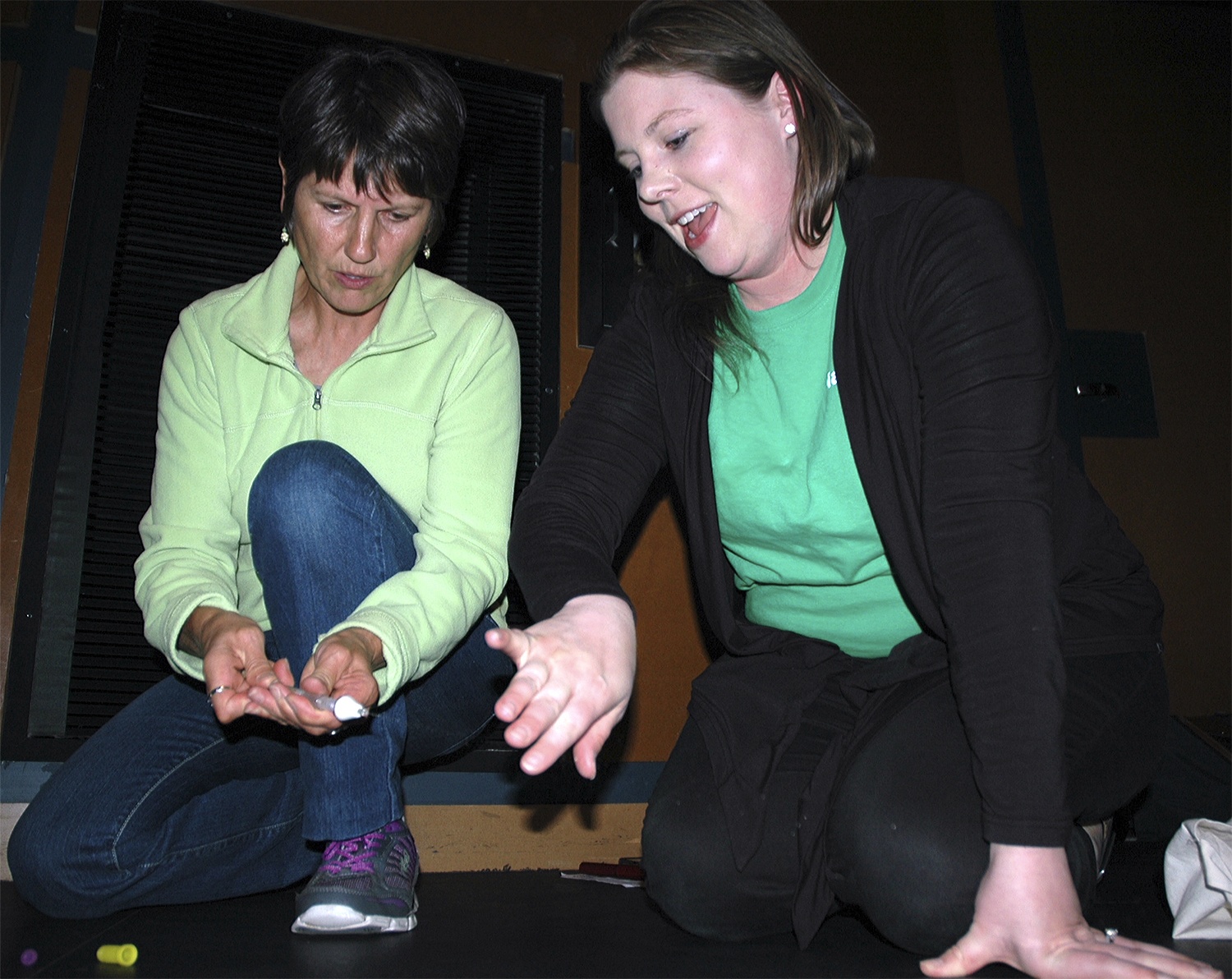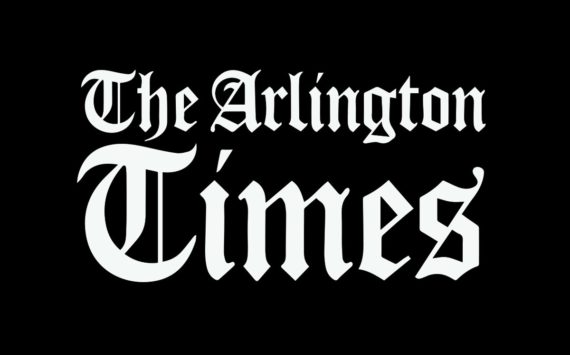ARLINGTON — “They’re lucky to have had those dollars for as long as they did,” Fire District 21 Chief Travis Hots said.
When Hots took over Fire District 21 in Arlington Heights, he implemented reforms to ensure his personnel were trained, their equipment was in working order and response times were good.
As part of evaluating the district’s operations, he looked at its contract with Arlington’s fire department and compared it to similar contracts.
“The city’s level of service is excellent, but even before I came on board, there had been longstanding rumors that the city was overcharging the district,” Hots said. “But that was an emotional response, not a data-driven one.”
By spring of 2014, Hots had compiled data of the Emergency Medical Services partnerships between fire service agencies throughout Snohomish County, using the previous year’s data. District 21’s contract with the city was still in effect, since it wasn’t set to expire until the end of 2014.
“I’d just done this to get comparable rates for our contract negotiations with the city,” Hots said. “Of course, other things happened.”
The Oso landslide delayed negotiations until late summer of 2014. By that time, Bruce Stedman had been appointed Arlington’s new public safety director.
“He told me that Arlington wanted us to provide our own EMS, but still pay seventy percent of the EMS levy,” Hots said. “We’d be doing a super-majority of the work, but paying a super-majority of the cost.”
Based on the call volumes from 2013, Hots calculated that the price per call for Advanced Life Support that District 21 would be paying to the city would be $2,210.97. By his calculations, the next-highest price per call for ALS in the county was $1,126.76, and that was Fire District 19 in Silvana. “And they’re also a customer of the city of Arlington.”
Hots proposed a three-year contract that would start with Fire District 21 paying the city 70 percent for ALS, but would step it down to 50 percent the second year and 40 percent the third year.
“We want to provide our own Basic Life Support services, and we want to pay a fair rate for ALS, but the comparables are out of whack,” Hots said. “Still, we felt like we owed it to the city to wean them off that revenue gradually.”
Hots reported that Stedman was not interested in any multi-year contract because he believed the region’s fire service agencies would soon be consolidated into a larger organization.
“I’ve been a fire chief for seventeen years, and they’ve been talking about merging everyone into a regional fire authority for just about as long,” Hots said. “My point was that we needed to focus on the here and now.”
Hots was briefly heartened after meeting in late 2014 with Arlington Fire Chief Tom Cooper and City Administrator Paul Ellis, to whom Stedman transferred the negotiations. But a subsequent email dampened his spirits.
“Then I was asked to sign a memorandum of understanding, agreeing that the district would continue to pay the same rate, with no set end date, while negotiations continued with the city. I would have been a fool to sign it,” Hots said. By March of 2015, correspondence between the district and city had moved almost entirely to letters between their respective attorneys.
Even when Hots revised his comparisons to incorporate data from 2015, a 70/30 split would still see Fire District 21 paying the city $1,988.26 per ALS call, when the county average is $543.07, and even the average for Arlington Fire Department contracts is $568.93.
“The city feels entitled to that money, but what we’re asking is, what’s a reasonable cost, based on the comparables?” Hots said.






